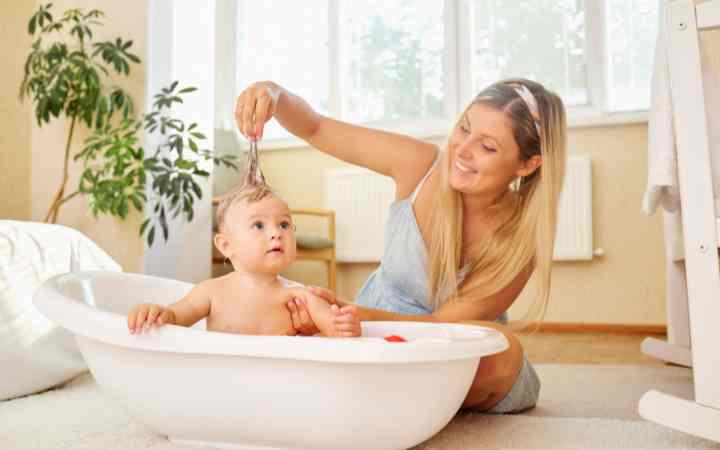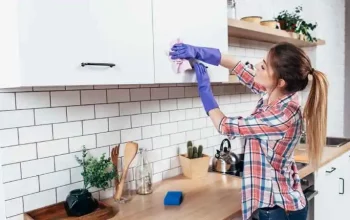According to the Pan American Health Organization, it is advisable to delay the first bath after the birth of the baby, if possible by 24 hours, in addition to avoiding drafts in the environment where you decide to perform the tub. In the first days after the child is born, parents usually have many questions, such as how to take their first bath.
First, we must take into account that bathing is an essential part of a baby’s care routine. Therefore, when done properly, it can be a highly beneficial experience, both for him and for his parents. In this way, the little one will obtain the protection and conservation that his skin needs to avoid infectious processes, which can be generated due to exposure to various organisms.
The WHO indicates that bathing can be done after 24 hours of birth. However, it will depend a lot on what type of bath you want to do, so it is better to consider it after 48 hours and take the time necessary to plan it. Along these lines, it is essential to clarify that the first bath should be a sponge bath, not a soak (in a tub), since the child’s umbilical stump is in a healing process.
Sponge or tub bath for the baby?
First of all, whatever the type of bath, you have to take into account the correct temperature of the water and the room, as well as the position in which the baby is. In the sponge bath, you rub the baby with small touches with the sponge. This is also the method that is carried out in the hospital setting.
When doing it at home for the first time, the teacher points out that the baby should not be forced during the bath. In addition, drafts should be avoided, as well as doors and windows closed, so as not to generate a cold temperature. In this way, hypothermia will be avoided, and the environment will be suitable for the little one.
To perform an immersion bath, the baby’s umbilical stump has to fall off naturally. We must keep in mind that the baby’s navel is in a healing process, which will end during the first or second week of birth.
The Pacific Health expert also emphasized that the temperature should be between 37 and 38 degrees, that is, warm water, not hot or cold. Nowadays, there are even tubs with a thermometer that makes measuring easier. However, you can also do it with the inside of your wrist or elbow to feel the temperature well.
What should I do after finishing my baby’s bath?
The duration will depend on the age, beliefs and frequency of bathing. Let’s talk about newborns being sensitive and susceptible beings. It is recommended that the bath last between two to ten minutes.
However, as the baby grows, he or she will develop certain skills. For example, they start feeding and get dirty while eating, so the bathroom may take longer to clean completely.
After these minutes have passed and the bath is finished, all the baby’s exposed areas must dry very well. To guarantee good healing and avoid hypothermia, the entire body has to be completely dry.
The importance of having everything necessary on hand, such as the towel and your clothes, to be able to carry out the process as soon as possible and avoid drafts.
At what time of day should I bathe a baby?
Bath time will depend a lot on the effect that parents want to generate on the baby. On the one hand, if they do it in the morning, they will stimulate and activate the child so that they start the day full of energy.
On the other hand, bathing is also a way to make the baby relax and fall asleep more easily. If that is what you want to achieve, it would be advisable to bathe him at the end of the afternoon.
How do you interact with the baby during bathing?
The bathroom is a time of great interaction. In addition, the little one will enjoy and be distracted by the water. Parents should not be afraid because the baby has been in liquid for nine months in the womb and is going to enjoy that reunion. Therefore, to achieve this, we must make it a comfortable space for him.
To provide this comfort, you have to have a lot of patience. Likewise, they can take advantage of the use of music therapy. In this way, children acquire many skills and promote family bonding through games and music.




